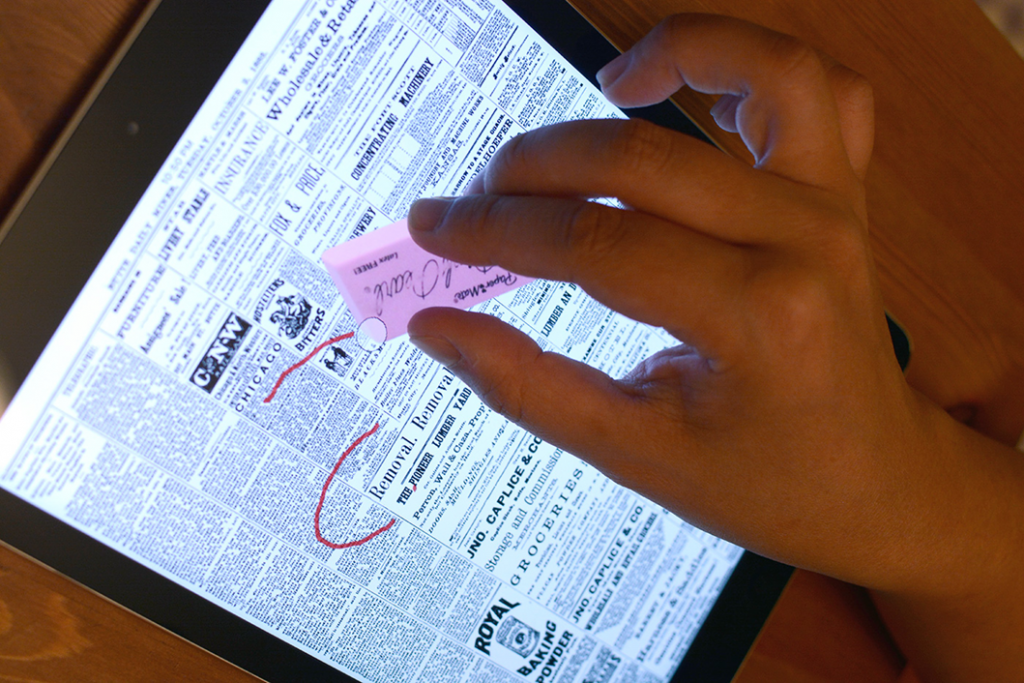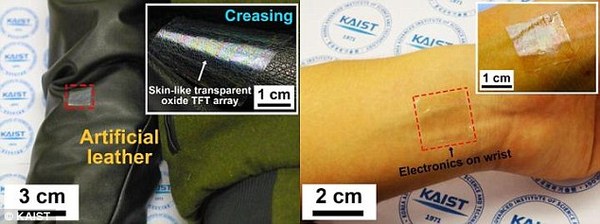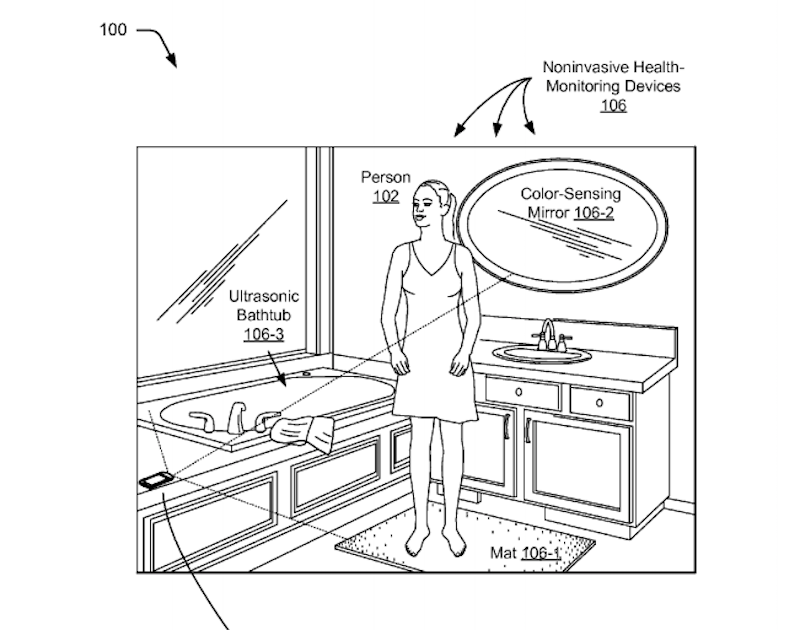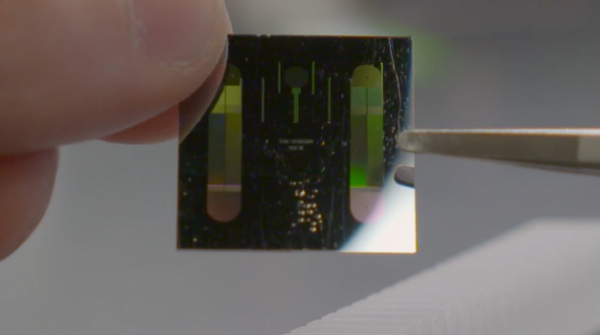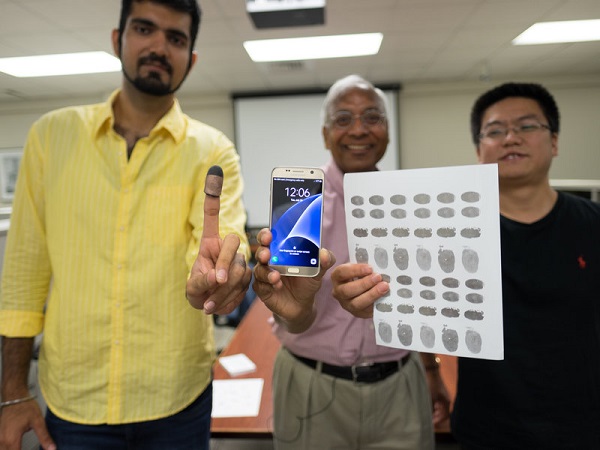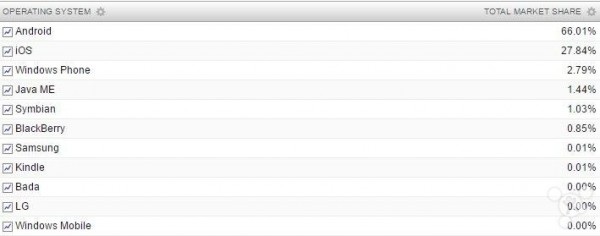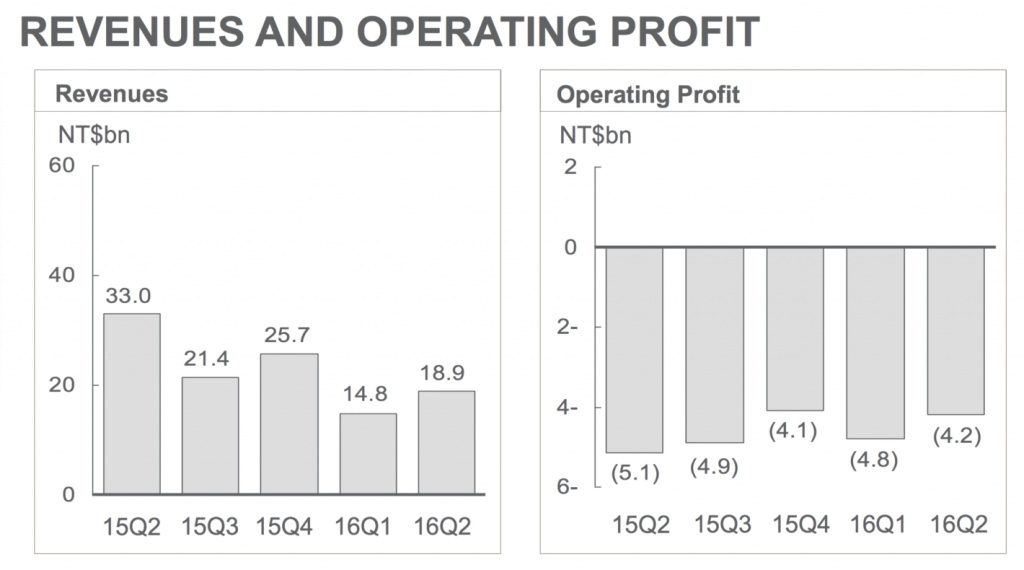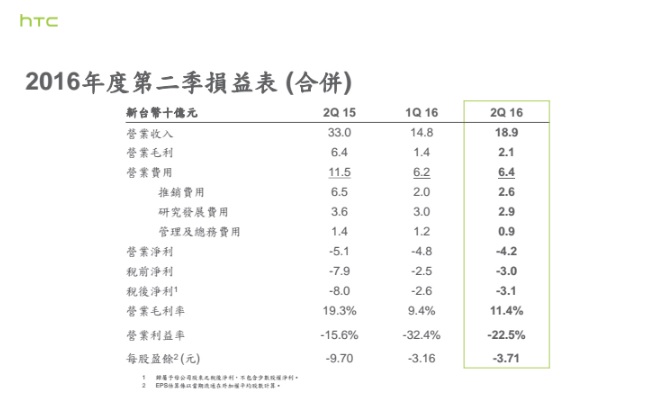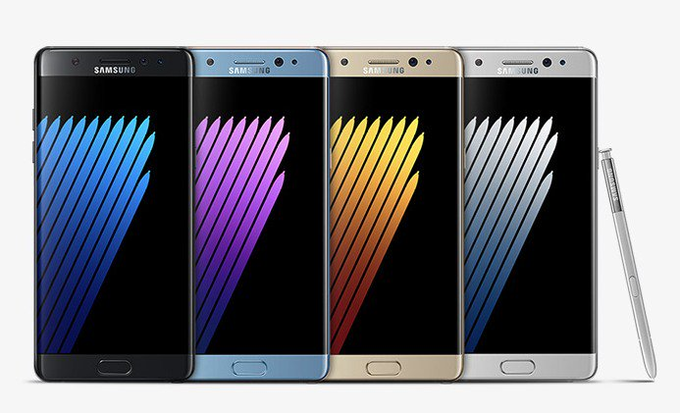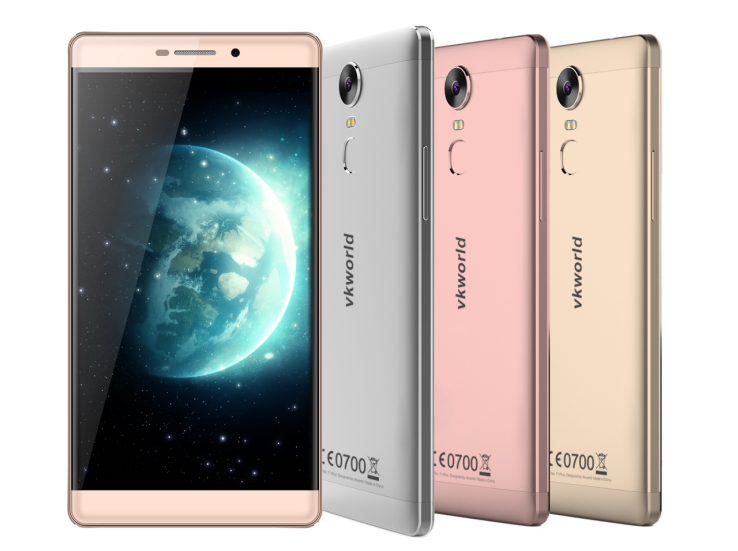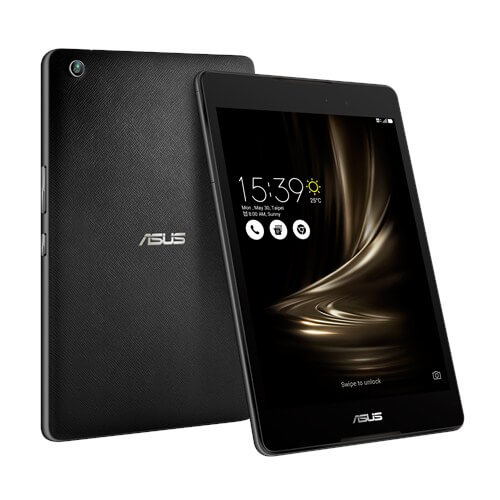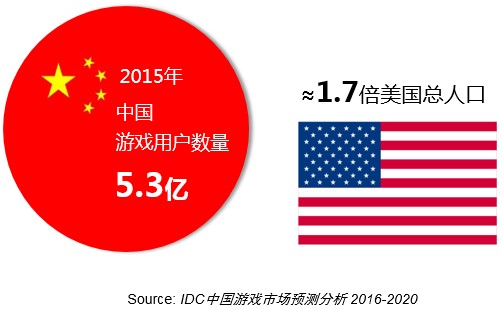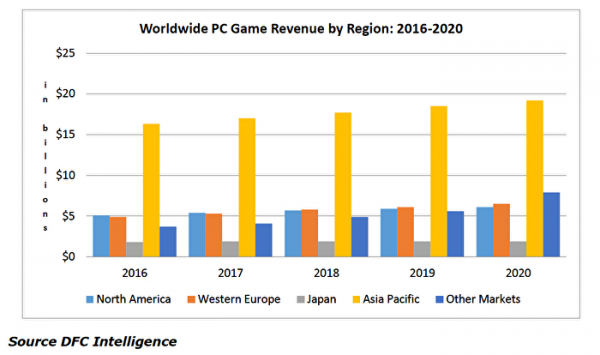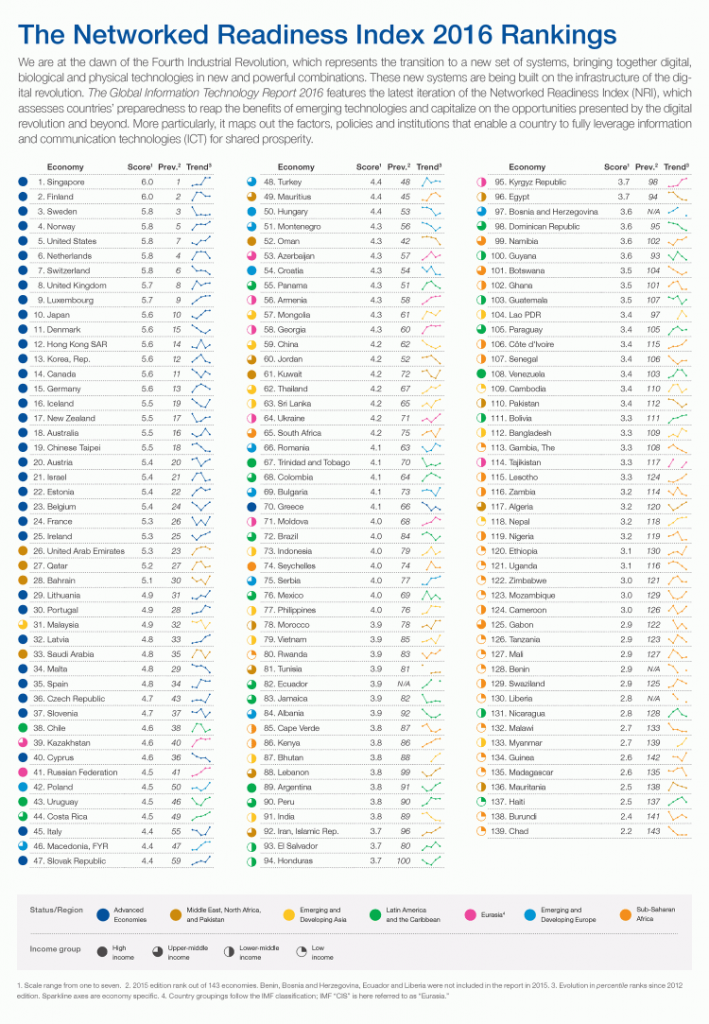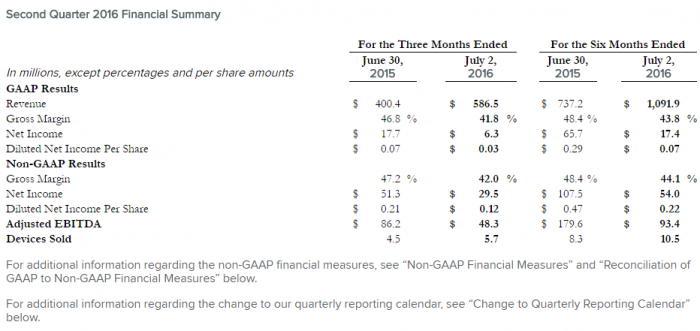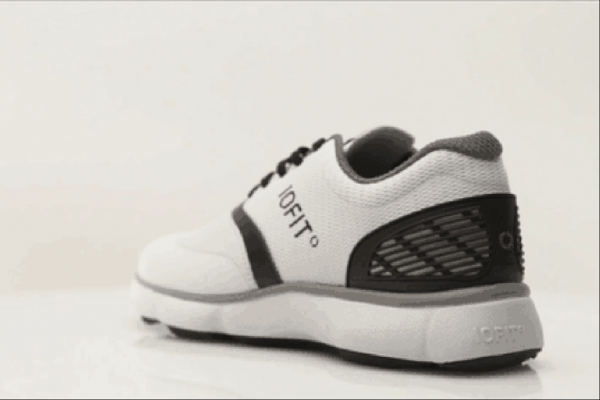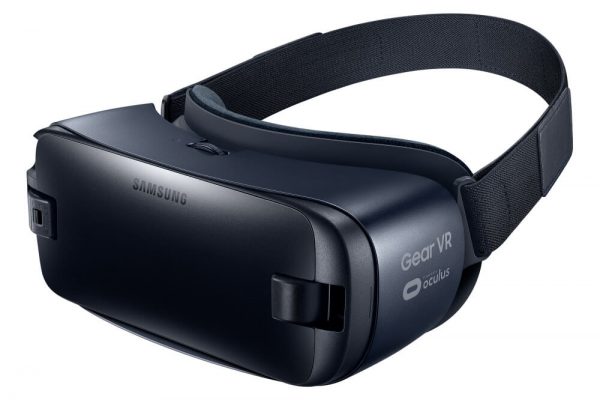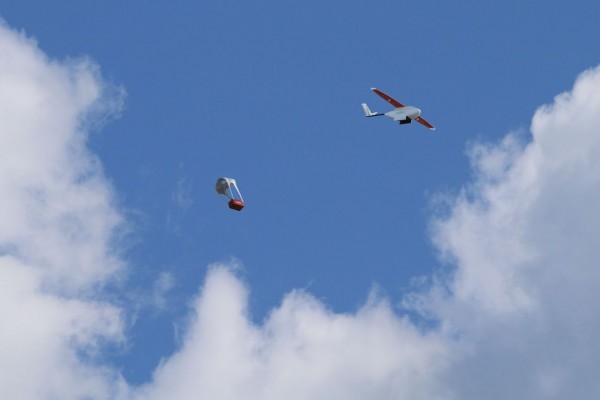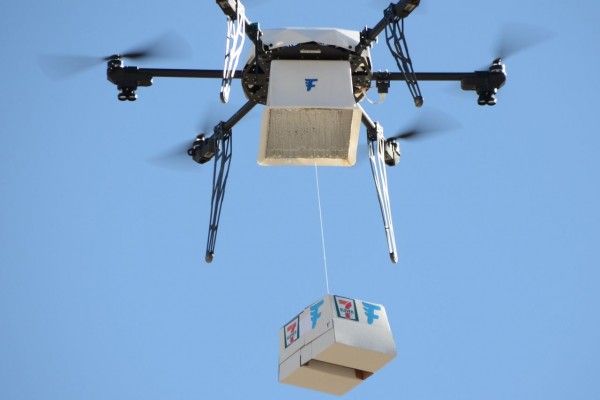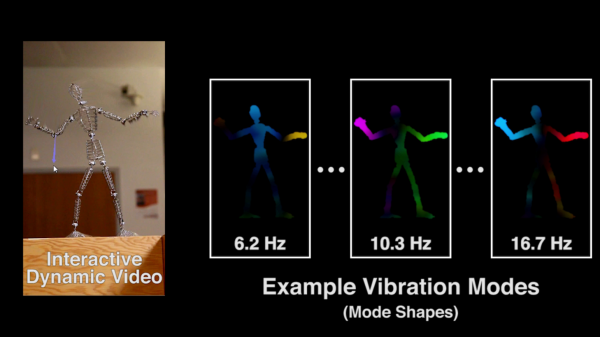
8-3: Windows Phone still has 2.79% market share; Samsung said it is assessing the 2-metal chip-on-film from LG Innotek; etc.
|
Chipset |
| United Microelectronics (UMC) has verified on silicon its 0.18-micron Bipolar CMOS DMOS (BCD) process for the most stringent AEC Q100 grade-0 automotive chips. (OfWeek, EEPW, Digitimes, press) |
| The board of TSMC has approved capital appropriations of approximately US$D.79 billion to expand capacity for advanced-node manufacturing, as well as converting certain logic capacity to specialty technologies, and R&D capital investments and sustaining capital expenditure. (TechNews, Digitimes, press) |
| Worldwide sales of semiconductors reached USD79.1 billion during 2Q16, an increase of 1.0% over the previous quarter but a decrease of 5.8% compared to the 2Q15, according to SIA. (Digitimes, SIA, press, Electroiq, CN Gold) |
|
Touch Display |
| Qeexo launches TouchTools, which can let user bring up virtual tools such as a pen, an eraser, a camera, a tape measure, a ruler, a magnifying glass or even a mouse using intuitive multitouch gestures. TouchTools uses just multitouch data plus machine learning to tell the pose of one’s hands. (Engadget, Qeexo, Engadget[cn]) |
| Samsung said it is assessing the 2-metal chip-on-film from LG Innotek, a part that connects display panels to a main circuit board. It is used for bonding a display screen with the circuit board or the chipset in a smartphone. Because it is more flexible, it can be used for curved surfaces such as the Galaxy Edge with a curved screen. (Chosun, Korea Herald, Sam Mobile, Android Headlines, Tencent, Hexun) |
| Korea Advanced Institute of Science and Technology (KAIST) has developed ultrathin and transparent oxide thin-film transistors (TFT) for an active-matrix backplane of a flexible display by using the inorganic-based laser lift-off (ILLO) method. (PEW, Eureka Alert, AZO Nano, Sohu) |
| MIT’s Computer Science and Artificial Intelligence Laboratory (CSAIL) “Interactive Dynamic Video (IDV)” uses traditional cameras and algorithms to scope out the almost invisible vibrations of an object to create a simulation users can interact with virtually. (CN Beta, Phys, TNW, Gizmodo) |
|
Battery |
| Tesla CEO Elon Musk indicates that in long term it is going to make sense to have a battery Gigafactory in Europe, one in China, and probably one in India. (TechNews, Inhabitat, Car Scoops) |
| HTML5 “Battery Status API” that makes information on battery life percentage and time to discharge, and how long it would take to charge the phone, usable by website developers. Princeton University found two instances where code used the combination of the above information to track users across the site where it was found. (Digital Trends, Random Walker, 163, ZOL) |
|
Sensory |
| Fraunhofer Institutes for Optronics, System Technologies and Image Exploitation IOSB in Karlsruhe and for Industrial Engineering IAO in Stuttgart are collaborating with Volkswagen Group Research, Bosch, Visteon etc. as part of the “Intelligent Car Interior” (InCarIn) project. Using depth-perception cameras, it captures the vehicle’s interior, identify the number of people, their size and their posture. From this it can deduce their activities. (CN Beta, The Stack, AZO Optics, Phys) |
| Google’s latest patent describes using ultrasonic bathtubs, pressure sensing toilet seats and other devices to monitor people’s cardiovascular health. This new technology would embed noninvasive health-monitoring devices in bathrooms that ‘sense’ the person’s health and notify a professional if necessary. (CN Beta, Daily Mail, Tech Insider, USPTO) |
| IBM has developed a new lab-on-a-chip technology that can separate biological particles at the nanoscale and could enable physicians to detect diseases such as cancer before symptoms appear. It uses a technology developed at IBM called nanoscale deterministic lateral displacement (nano-DLD) to separate the biological particles at nanoscale. (CN Beta, Pune Mirror, eWeek, Phys, Prnews) |
|
Biometrics |
| Michigan State University was asked by police to gain access to the phone owned by a murder victim, which was eventually unlocked with a 2D image of the victim’s fingerprints, enhanced manually to fill in gaps in the original image, and rendered on conductive paper. (CN Beta, CSE, The Verge, NPR, Fusion) |
|
Smartphones |
| Millennials do not buy property do not buy cars. The Atlantic indicates that in 2010, adults of age 21-34 bought just 27% of all new vehicles sold in America, down from the peak of 38% in 1985. Miles driven are down, too. According to Harvard University’s Joint Center for Housing Studies, 2006-2011, the homeownership rate among adults younger than 35 fell by 12%, and nearly 2 million more of them were living with their parents, as a result of the recession. (TechNews, The Atlantic, article) |
| According to the latest set of data for mobile operating systems, Net Applications puts Windows Phone at 2.79%, which keeps it in the third spot, but not as close to death as some others have said, though. (CN Beta, Softpedia News) |
| HTC posted unaudited financial results for the 2Q16. The revenue for the period is USD598.4 million (NTD18.9 billion) with a gross margin of 11.4%. Its operating loss is USD132.9 million (NTD4.2 billion). (CN Beta, iMobile, iFeng, Android Headlines, GSM Arena, HTC, TechNews) |
| Samsung Galaxy Note 7 is official – 5.7” QHD Super AMOLED dual-edge display, Qualcomm Snapdragon 820 (U.S.) / Samsung Exynos 8893 (International) processor, 12MP OIS Dual Pixel + 5MP cameras, 4GB RAM, 64GB UFS 2.0, Android 6.0, LTE Cat. 9, USB Type-C, IP68 rated, fingerprint and iris scanner, 3500mAh fast charging battery. (CN Beta, Android Authority, Android Central, Apple Insider) |
| Vkworld T1 Plus is official – 6” HD 2.5D curved display (Sharp), quad-core processor, 13MP + 5MP cameras, 2GB RAM, 16GB storage, Android 5.1, 4500mAh battery, USD79.99. (Gizmo China, Mobile Scout) |
| Tablets |
| ASUS ZenPad 3 8.0 is official – 7.95” 2048×1536 IPS LCD display, Qualcomm Snapdragon 650 processor, 8MP + 2MP cameras, 2 / 4GB RAM, 16 / 32GB storage, Android 6.0, USB Type-C, 4680mAh battery, USD250. (Android Headlines, Digital Trends, Tech Spot) |
| Wearables |
| According to IDC, in 2015 China gamers grew to 530 million people, a 1.7 times of America total population. IDC also expects this number will grow 4.5% in 2016. For sales, in 2015 the market sales of China game industry reached CNY140.7 billion, which is equivalent to 9.5% of the China overall consumer IT industry. (EE Trend, IDC, press) |
| DFC Intelligence forecasts that the global market for games on PCs will grow from USD30 billion in 2015 to over USD40 billion by 2020. The greatest growth is expected to be in Asia and emerging markets but the established markets in Europe and North America are also seeing strong growth driven by high-end games, virtual reality systems and the emergence of eSports. (CN Beta, DFC Intelligence, VG Chartz) |
| World Economic Forum “The Global Information Technology Report 2016” features the latest iteration of the Networked Readiness Index accessing 139 economies worldwide. 7 countries stand out in terms of economic and innovation impact: Finland, Switzerland, Sweden, Israel, Singapore, the Netherlands, and the United States. (199IT, World Economic Forum, report) |
| Fitbit reported USD587 million in revenue for 2Q16, compared with USD400.4 million for 2Q15. Unit sales were up 27% from a year ago, with 5.7 million devices sold 2Q16 compared with 4.5 million from 2Q15. (The Verge, Reuters, Fortune, Silicon Beat, Fitbit, Tencent, 163) |
| Samsung spin-off Salted Venture confirmed its Iofit shoes have landed on Kickstarter and should hit stores in February 2017. The shoes, which need to be synced with a smartphone, are meant to track a golfer’s swing and posture and then provide them with immediate feedback. (CN Beta, CNET, The Verge, Kickstarter) |
| Samsung updates Gear VR alongside Galaxy Note 7 with USB Type- C connector and 101° field of view, priced at USD99. (CN Beta, Android Headlines, Digital Trends, The Verge, CNET, Venture Beat) |
|
IoT |
| Taiwan’s Hon Hai Precision Industry is joining a bidding war to acquire Tongyang Magic, a South Korean appliance maker whose key business includes water purifier rental service. (CN Beta, Korea Herald) |
| A startup that uses drones to deliver medicine and blood to remote areas of Rwanda is launching a similar program in the US. California-based Zipline will bring its drone delivery program to rural and remote communities in Maryland, Nevada, and Washington, including some Native American reservations. (CN Beta, The Verge, Technology Review) |
| The Federal Aviation Administration (FAA) just gave Google parent company Alphabet the greenlight to test its delivery drones Project Wing in designated areas. (CN Beta, Geek Wire, Bloomberg, Re/Code, Business Insider, White House) |
| US helicopter manufacturer Sikorsky has successfully demonstrated that a commercial helicopter can autonomously take off, fly a distance of 30miles and then land safely. Sikorsky achieved this feat by utilising technology developed for DARPA’s Aircrew Labour In-Cockpit Automation System (Alias) programme. (CN Beta, IB Times, New Atlas) |
